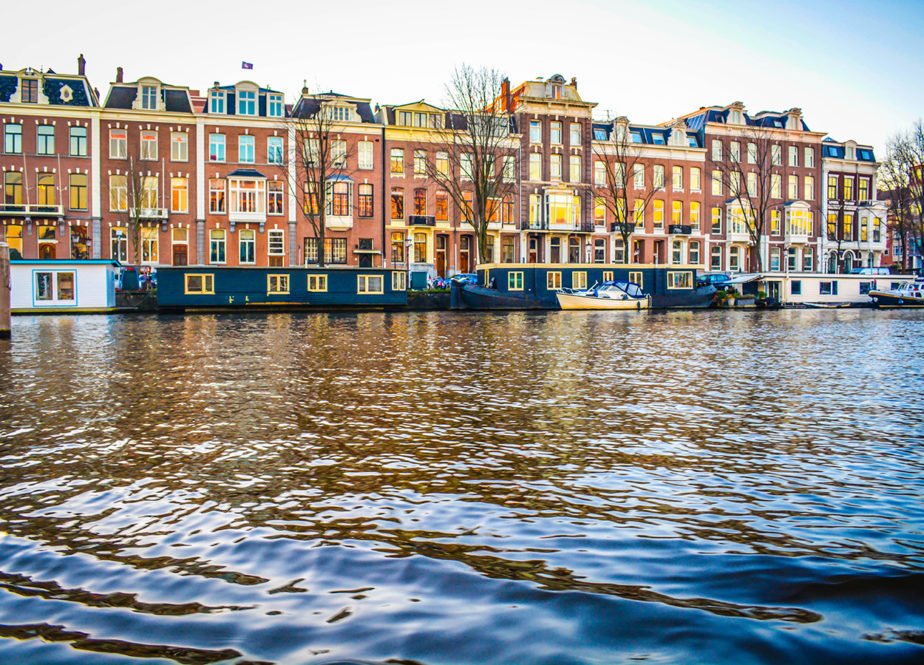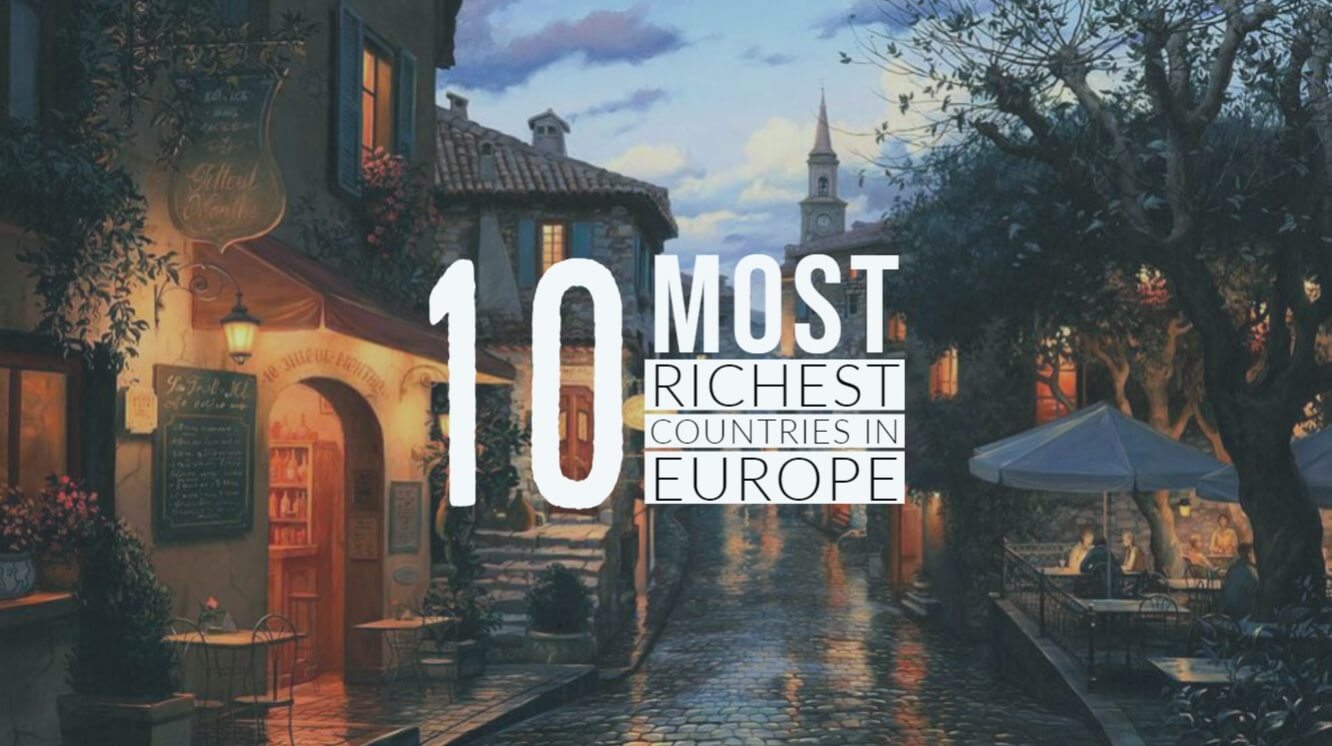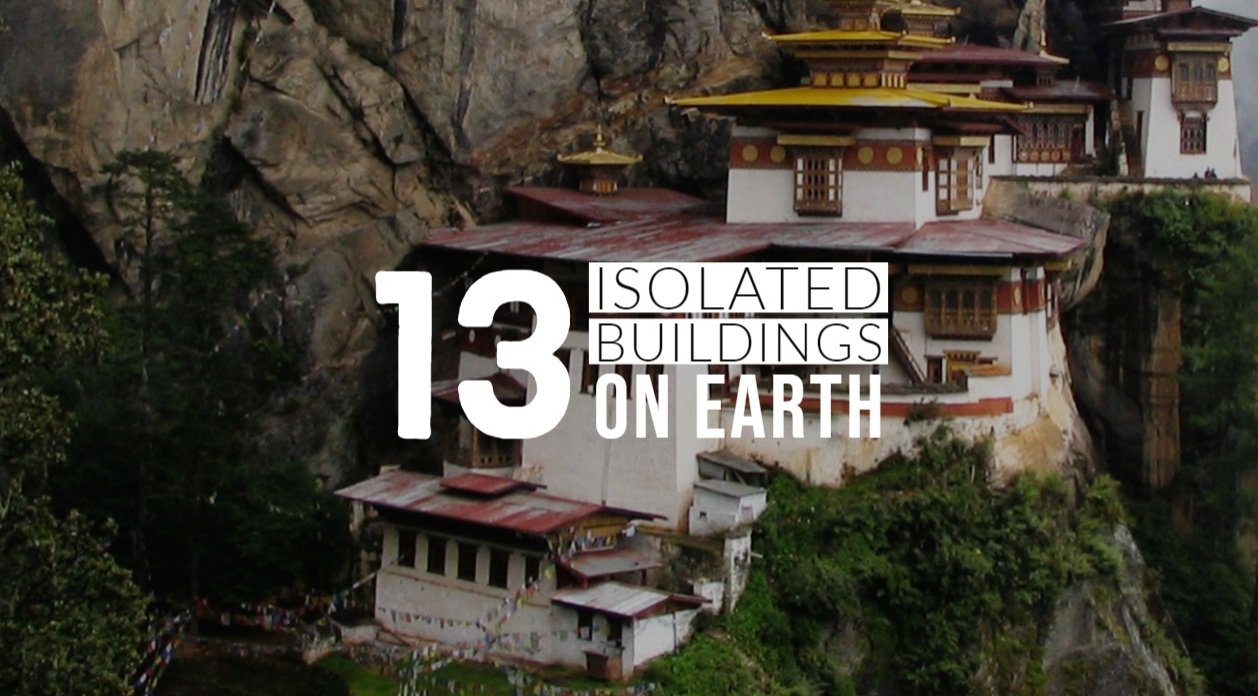The Netherlands may be a small country but it’s packed with history, has beautiful countryside bursting with wildlife and unique flora, and a mind-blowing amount of world-class art and museums. This list is about 10 Interesting Places To Visit In Netherlands.
Rotterdam
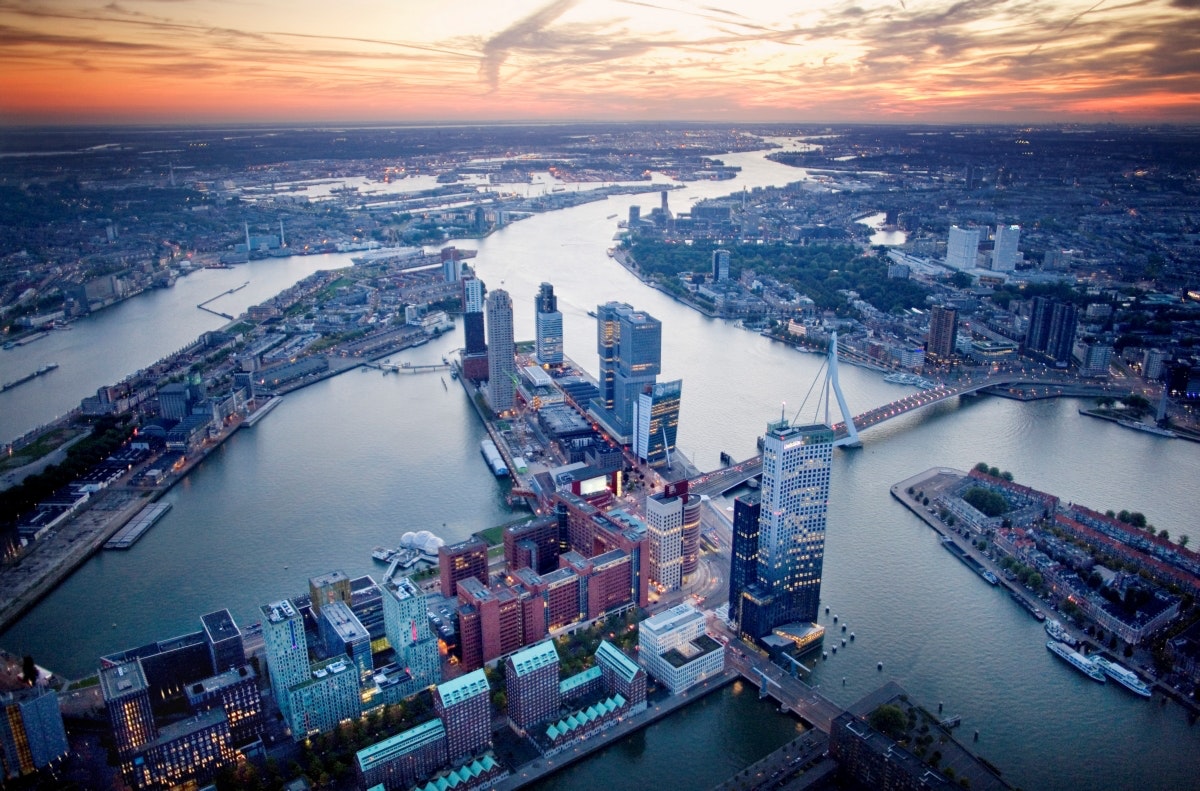
It’s got outstanding contemporary and historic art collections, hosts the summer North Sea Jazz festival and International Film Festival, has plenty of lively clubs and bars, and boasts innovative architecture. According to the New York Times, “Rotterdam is increasingly to architecture what Paris is to fashion, or Los Angeles to entertainment.” Much of the city was destroyed in World War II paving the way for a selection of bold modern architecture, such as the 1980s Cube Houses, the Erasmus Bridge (nicknamed ‘The Swan’), the Kunsthal Museum, and since 2014, Market Hall (Markthal), the strikingly curvaceous marketplace with an 11000 square meters mural ceiling over a mix of grocery stalls, restaurants and bars. For a more historic atmosphere, head down to the tall and narrow harbour-side buildings around Delfshaven.
Haarlem
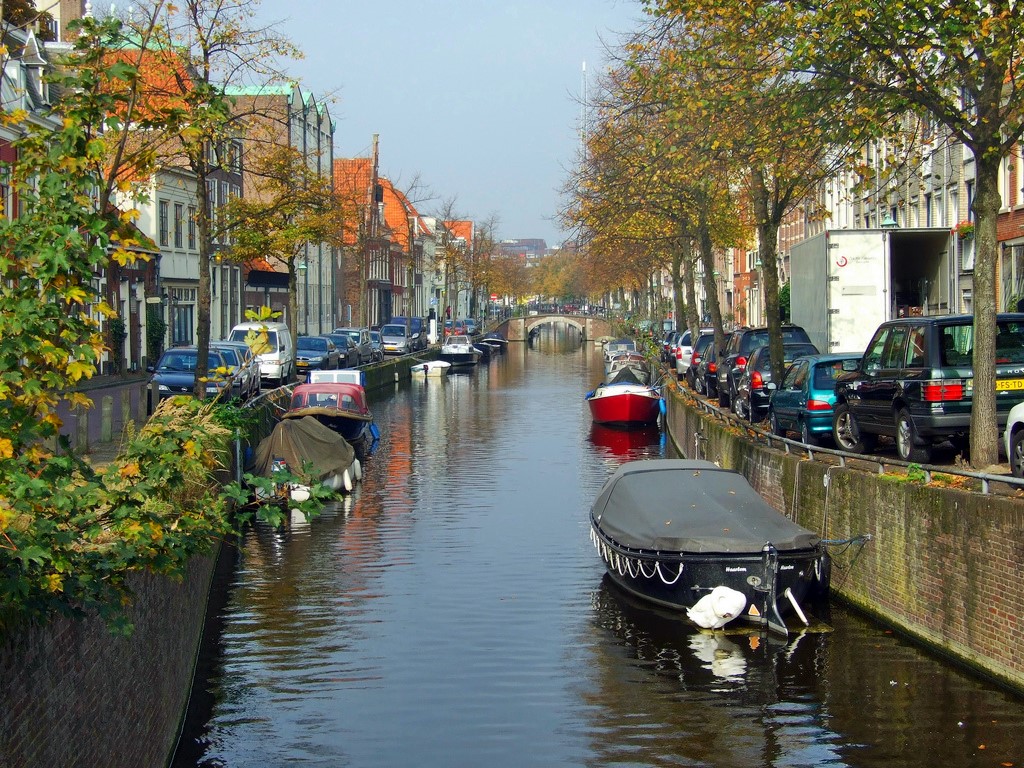
Only a stone’s throw from Amsterdam is the charming city of Haarlem, in the middle of the Netherlands’ tulip-growing region. As you walk the cobbled streets and take in the ornate 17th-century architecture or sit sipping a coffee on Grote Markt square among rising monumental buildings, it’s easy to imagine the city as it was in its heyday during the Dutch Golden Age of the 17th century. It was a powerful place: a thriving commercial centre, an inspiration for artists, the tulip capital and producer of huge quantities of beer. You don’t have to imagine what the citizens looked like – check out their vivid portraits by the Dutch master Frans Hals and others in the eponymous museum. St Bavo Church, the eclectic collection in the Teylers Museum, and the city’s almshouses are also worth a look.
Kinderdijk

When you think of the Netherlands, you probably conjure up windmill images. Historically they were a vital part of the bwater management system designed to prevent flooding in this low-lying land. Come to the village of Kinderdijk (which means ‘children dike’) not far from Rotterdam to admire the spectacular sight of a network of 19 fully functioning windmills on the polders. They were built around 1740 and were awarded UNESCO World Heritage site status in 1997. Today you can see them in operation during the summer months. If you’re visiting in winter, bring your ice skates and join the skaters on the frozen canals.
Utrecht
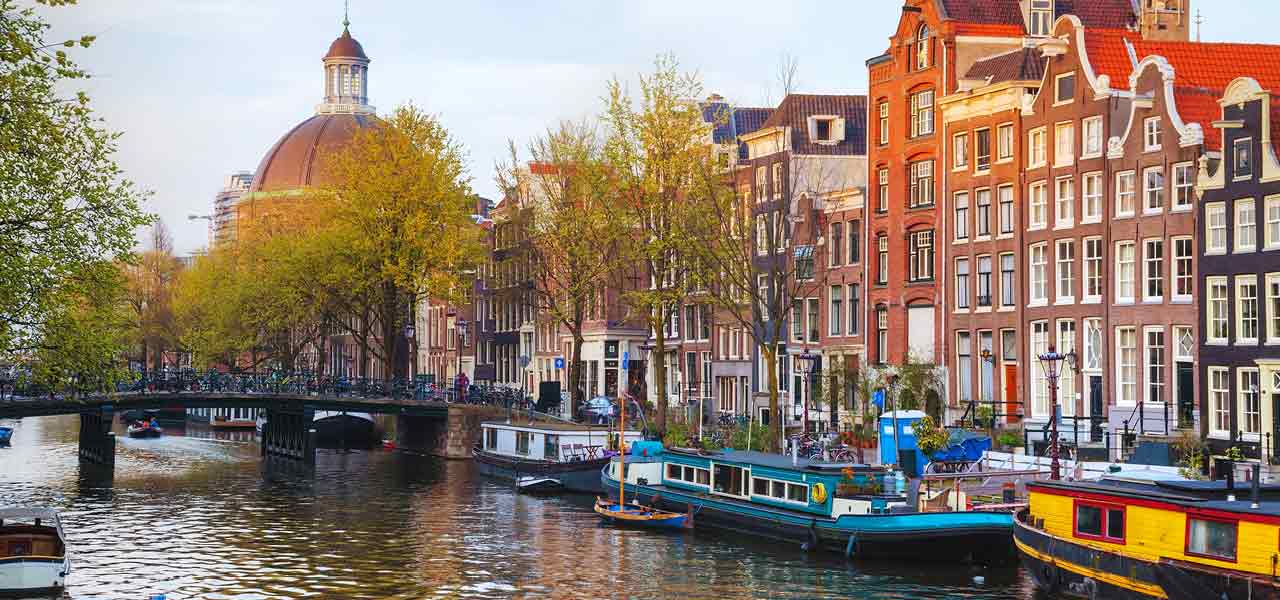
The once fortified city of Utrecht is packed with buildings from the early Middle Ages – it’s even got a moat running around it. Founded by the Romans in 48AD, Utrecht has been the religious centre of the country since the 8th century, which makes its main landmark – the almost 700-year-old Gothic Dom Tower – seem positively modern. Take a stroll along the curved Oudegracht (old canal) and stop for a drink at a converted cellar cafe. Visit the UNESCO World Heritage listed Rietveld Schröder House exemplifying De Stijl (‘The Style’) art movement of the 1920s. To relive your childhood head to the Miffy Museum (open February 2016), or the Dick Bruna House, dedicated to the creator of Miffy.
De Hoge Veluwe National Park
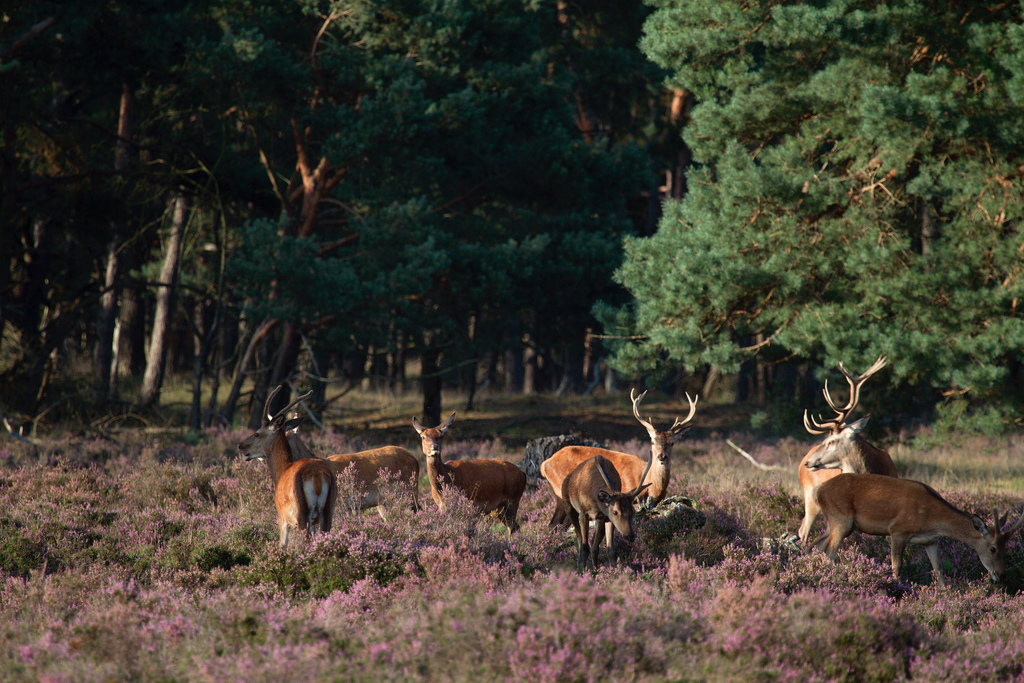
Jump on one of the 1,700 free white bicycles that are on hand to explore the 41km (25 miles) of paths around 5,400 hectares of sand dunes, woodland, heathland, peat bogs and an al fresco sculpture area in the De Hoge Veluwe National Park. Home to rare Red List species such as the Wheatear, the Wryneck and the Moor Frog, you might also see wild boar, red deer and nearly 500 different species of plants. In the heart of the park is the Kröller-Müller Museum, which contains a large collection of Van Goghs. Not far away is the beautiful city of Elburg, with its medieval buildings, and Arnhem, where the famous Battle for Arnhem took place.
The Hague
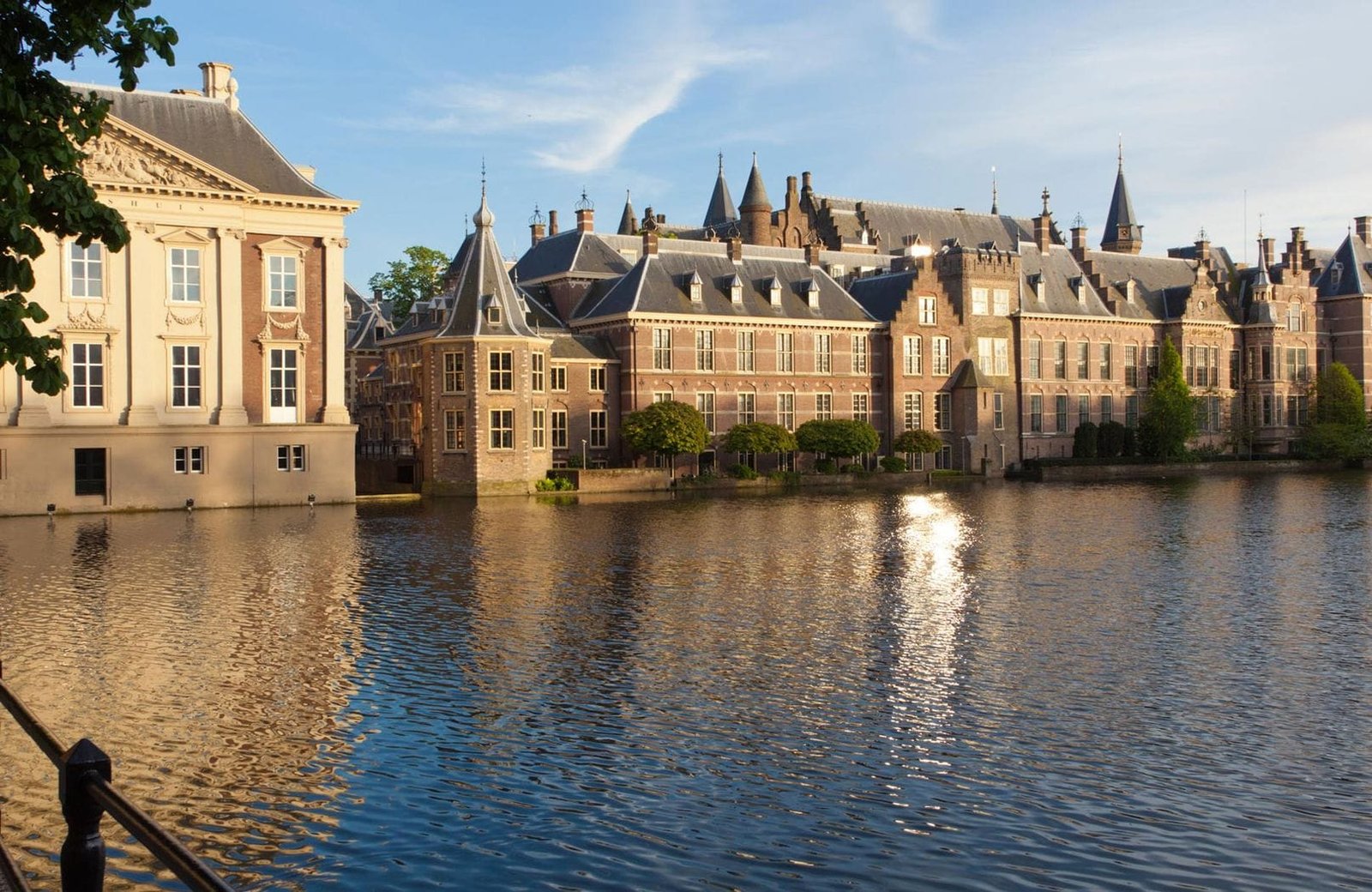
The Hague or Den Haag is the seat of the Dutch government and home to the Dutch Royal family. This elegant city has wide leafy streets, several palaces, fantastic restaurants, smart hotels, luxury shops, loads of museums and a whole clutch of beautiful and historic squares such as the Plein and Grokte Markt, where you can enjoy a coffee by day and go clubbing by night. Take a tour of Het Binnenhof, the home of the Dutch parliament since 1446. Art fiends can view the world’s largest Mondrian collection in the Art Deco buildings of the Gemeentemuseum Den Haag (Municipal Museum) as well as a selection of Golden Age masterpieces in the Mauritshuis museum. If you have kids (or you’re a big kid yourself) a day in the miniature world of Madurodam should keep everyone happy.
Keukenhof Gardens
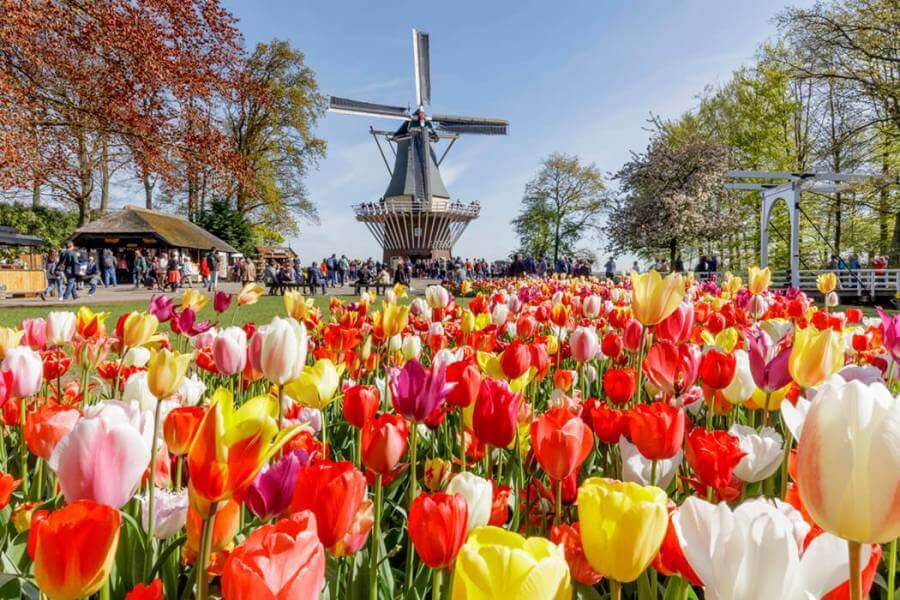
Back in the 17th century, the world’s financial markets went tulip-mad. The price of Dutch tulip bulbs skyrocketed and then plummeted, and fortunes were made and lost in the world’s first recorded speculative ‘bubble’. Flowers are still the country’s major industry. The floating flower market (Bloemenmarkt) on Amsterdam’s Singel canal, Utrecht’s flower market and the Aalsmeer flower auction are all must-sees. To see the tulips growing in in the spring, head to the bulb fields behind the North Sea dunes between the cities of Leiden and Den Helder, or to Keukenhof where you can see an amazing seven million flowers – tulips, narcissi, daffodils and hyacinths – in bloom during March to May.
Maastricht
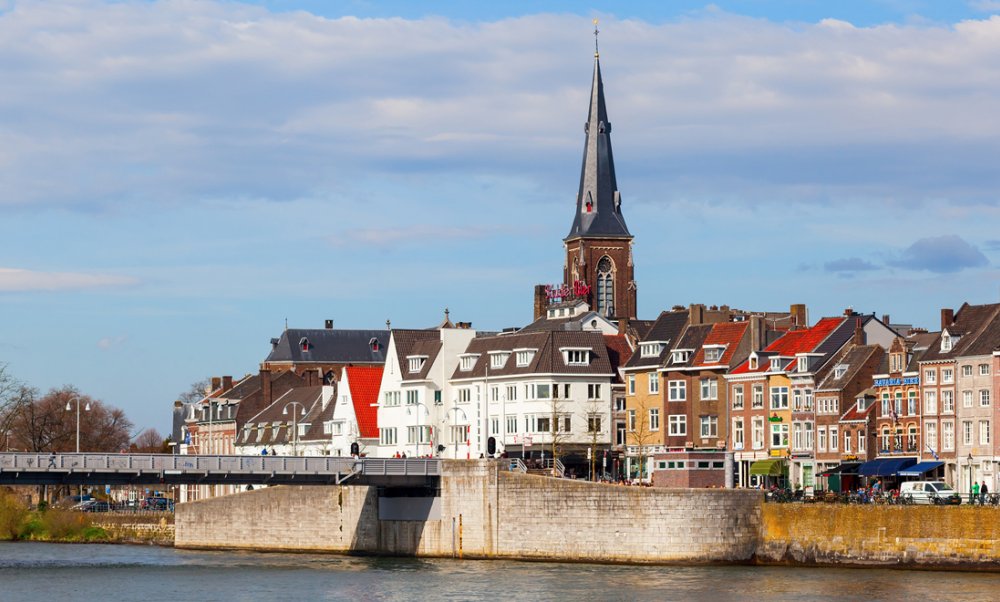
In the south of the Netherlands Maastricht seems ‘less Dutch’ than other Dutch cities; it has Spanish and Roman ruins, French-influenced architecture, an international atmosphere (perhaps because it’s so close to Belgium and Germany) – and it’s even surrounded by hills. Set either side of the Meuse river it’s a truly beautiful place, with a historic centre filled with churches, squares (have a beer in the cobblestoned het Vrijthof square), old houses, fortifications and museums above ground, and miles of tunnels and caves (the Caves of St Pieter and the Casements) underground. Maastricht is also renowned for its world-class restaurants (five Michelin-starred restaurants within five miles of the centre), so come hungry and equipped with a credit card.
Wadden islands
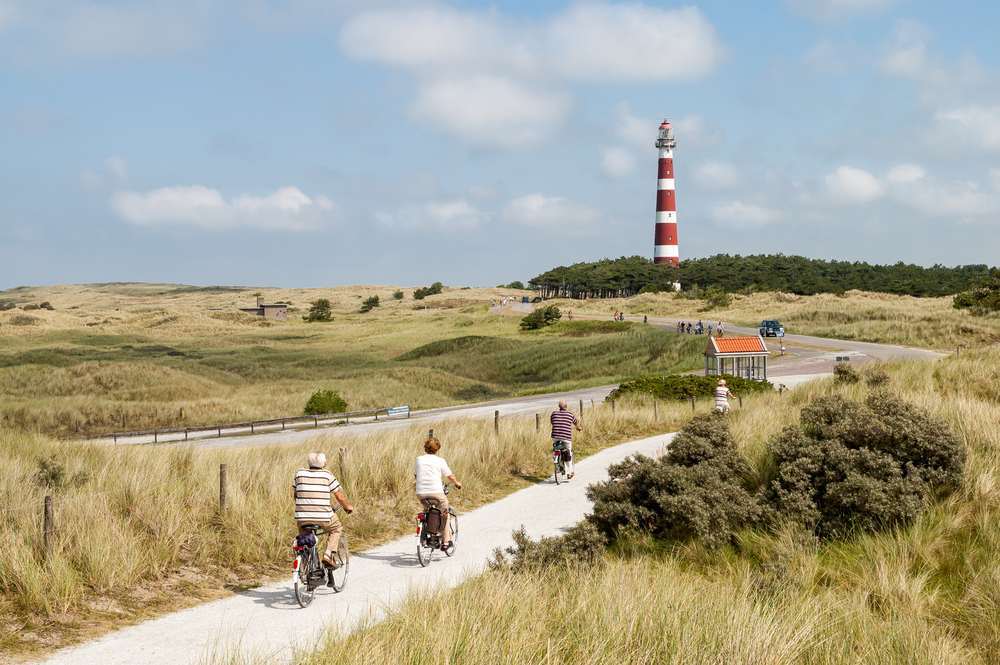
Off the northern Dutch coast are the five Wadden islands, part of a chain of 50 islands encircling the Wadden Sea between Den Helder in the Netherlands and Esbjerg in Denmark. Texel has long, sandy beaches, Terschelling has huge colonies of birds in the Boschplaat nature reserve, Ameland has a history of whaling, the forested Vlieland is the most remote and Schiermonnikoog is the smallest. Boat hop between the five or if you’re up to the challenge, try wadlopen or mud-walking – sometimes through thigh-high mud or waist-high water – across the seabed at low tide. This is definitely not for softies: some people call it ‘horizontal alpinism’.
Delft
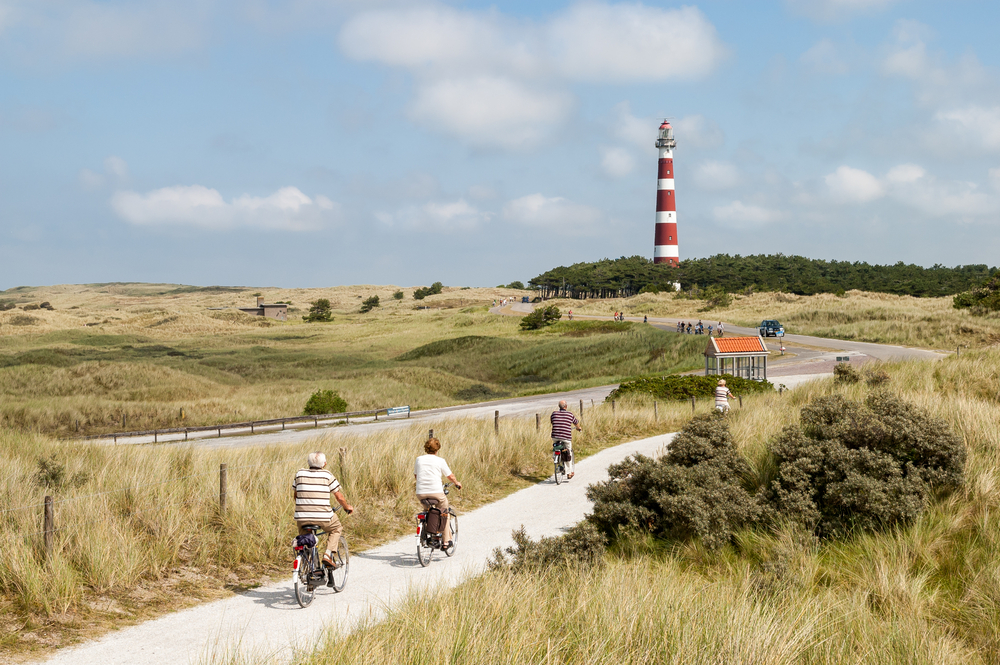
Old master Johannes Vermeer, one of the greatest painters of the 17th-century Dutch Golden Age (The Girl with the Pearl Earring is one of his), lived and worked here, and it’s also where the famous hand-painted, blue and white Delft Blue earthenware has been made since the 17th century. Like Amsterdam, Delft is a city built on canals (the word delft comes from delven meaning ‘to dig’) that were designed as lifelines and defences. You can easily spend a weekend here wandering around the historic centre, exploring market stalls, visiting the Prinsenhof Museum (associated with William of Orange – you can even see the bullet holes in the wall where he was assassinated in 1584), the Renaissance style City Hall and the churches, including the Oud and Nieuwe Kerk. Climb to the top of the latter’s tower to see Rotterdam and The Hague on a clear day.
